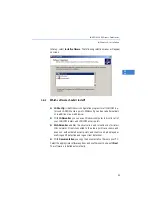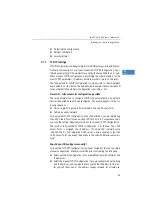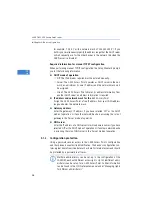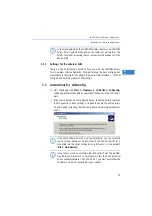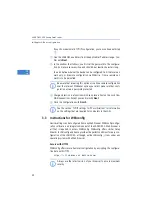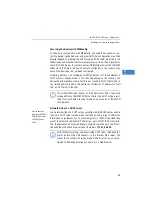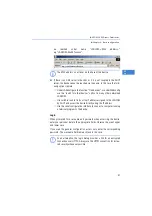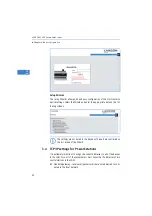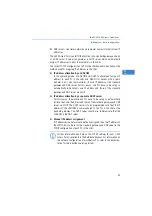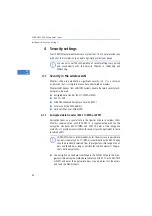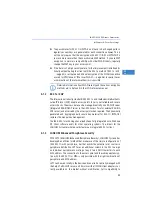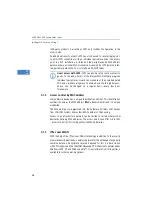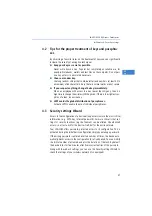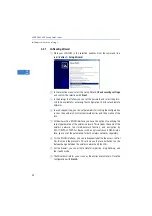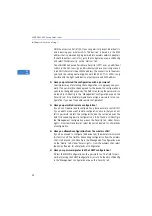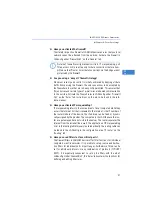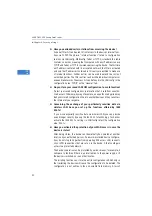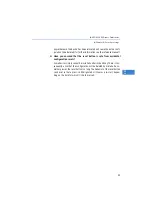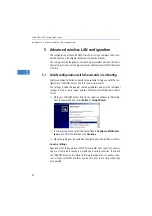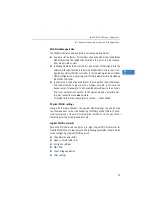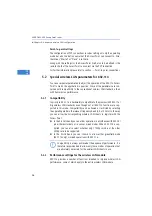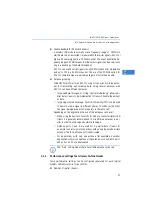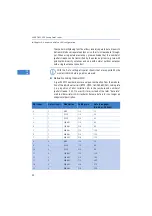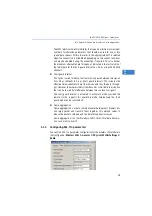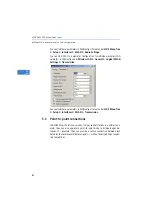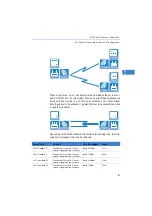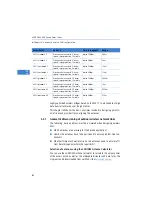
LANCOM L
-
300 Access Point series
Chapter 4: Security settings
47
EN
4.2
Tips for the proper treatment of keys and passphra-
ses
By observing a few vital rules on the treatment of keys you can significantly
increase the security of encryption techniques.
Keep your keys as secret as possible.
Never write down a key. Popular but completely unsuitable are, for
example: Notebooks, wallets and text files on the computer. Do not pass
on a key unless it is absolutely necessary.
Choose a random key.
Use long random strings that combine letters and numbers (at least 32 to
a maximum of 63 characters). Keys that are normal words are not secure.
If you suspect anything, change the key immediately.
When an employee with access to a key leaves the company, then it is
high time to change the wireless LAN key. Even if there is the slightest sus-
picion of a leak, renew the key.
LEPS avoids the global distribution of passphrases.
Activate LEPS to enable the use of individual passphrases.
4.3
Security settings Wizard
Access to the configuration of a device allows access to more than just critical
information (e. g. WPA key, Internet password). Far more critical is that set-
tings for security functions (e.g.the firewall) can be altered. Unauthorized
access is not just a risk for the device itself, but for the entire network.
Your LANCOM offers password-protected access to its configuration. This is
activated during the initial basic configuration simply by entering a password.
If the wrong password is entered a certain number of times, the device auto-
matically blocks access to the configuration for a fixed period. You can modify
the critical number of attempts and also the duration of the lock. By default,
the device locks for five minutes after five incorrect entries of the password.
Along with these basic settings, you can use the Security settings Wizard to
check the settings of your wireless network (if so equipped).

